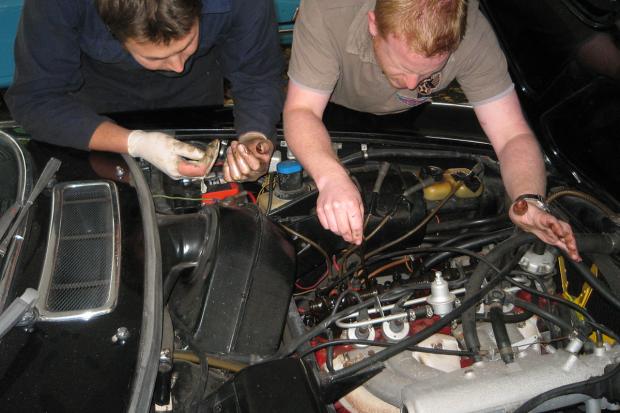
At school, I was a bit of a whizz with languages. It's something to do with the way your synapses link, I reckon – either you get it or you don't.
If you are lucky enough to be a bit of a natural, you are able to 'think' in the language that you are trying to learn, rather than constantly having to make a mental translation before you speak.
Unfortunately, there is one dialect in which, try as I might, I just can't get past primary level: the language of the automobile.
I don't mean that I'm useless with a spanner - given a decent workshop manual and sufficient time I can usually navigate my way through a problem, particularly if it's one that involves removing a broken bit and replacing it with a new part.
No, I'm talking about the ability to think in mechanics, that invaluable skill that permits the truly fluent to diagnose a fault by following the engineering processes in their heads, often without even seeing the car.
Yes, to a certain extent it can be learnt through experience, and more practised grease monkeys are often the most accomplished speakers, but there's no doubt that true fluency is God-given.
Take the C&SC team: I may have scraped a GCSE (sorry, O-level) pass in the language of diagnostics while several of my colleagues achieved a decent grade at A-level, but the only one of us who speaks mechanics like a native is Mr Port.

Which is why his presence often gives the rest of us the confidence to take on a job that we might have previously been afraid of tackling, even if we knew deep down that we probably could do it ourselves with enough time and patience.
This week there was the perfect example: an electrical fault that was causing the starter circuit to be permanently live on my MGB had me stumped and the car in dry dock.



